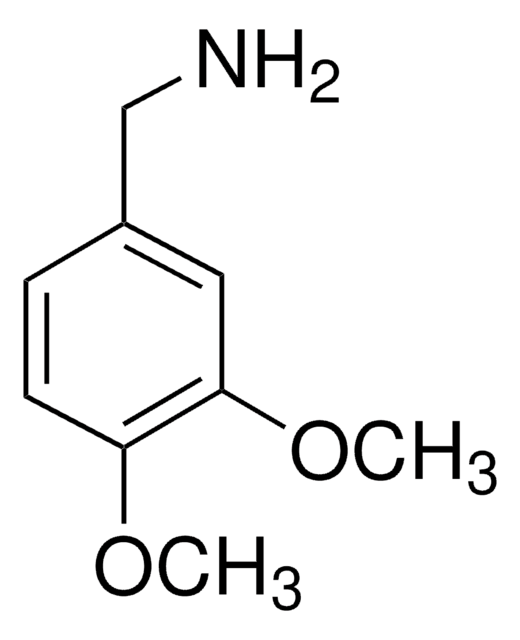240656
1,2-Dibromoethane
≥99%
Synonyme(s) :
EDB, Ethylene dibromide
About This Item
Produits recommandés
Densité de vapeur
~6.5 (vs air)
Pression de vapeur
11.7 mmHg ( 25 °C)
Pureté
≥99%
Forme
liquid
Indice de réfraction
n20/D 1.539 (lit.)
Point d'ébullition
131-132 °C (lit.)
Pf
8-11 °C (lit.)
Solubilité
water: soluble 250 part
alcohol: miscible(lit.)
diethyl ether: miscible(lit.)
Densité
2.18 g/mL at 25 °C (lit.)
Chaîne SMILES
BrCCBr
InChI
1S/C2H4Br2/c3-1-2-4/h1-2H2
Clé InChI
PAAZPARNPHGIKF-UHFFFAOYSA-N
Vous recherchez des produits similaires ? Visite Guide de comparaison des produits
Description générale
Application
- Vinyl bromide and 1,2-disubstituted ethane derivatives.
- Vinyl aromatic compounds by palladium-catalyzed cross-coupling reaction with various arylboronic acids via in situ formation of vinyl bromide.
- 2-arylsulfonyl hydrazones by reacting with aryldiazonium tetrafluoroborates, sulfur dioxide and hydrazines.
It can also be used as a bromine source in organic synthesis to brominate carbanions.
Autres remarques
Mention d'avertissement
Danger
Mentions de danger
Classification des risques
Acute Tox. 3 Dermal - Acute Tox. 3 Inhalation - Acute Tox. 3 Oral - Aquatic Chronic 2 - Carc. 1B - Eye Irrit. 2 - Skin Irrit. 2 - STOT SE 3
Organes cibles
Respiratory system
Code de la classe de stockage
6.1A - Combustible acute toxic Cat. 1 and 2 / very toxic hazardous materials
Classe de danger pour l'eau (WGK)
WGK 3
Point d'éclair (°F)
Not applicable
Point d'éclair (°C)
Not applicable
Équipement de protection individuelle
Faceshields, Gloves, Goggles, type ABEK (EN14387) respirator filter
Certificats d'analyse (COA)
Recherchez un Certificats d'analyse (COA) en saisissant le numéro de lot du produit. Les numéros de lot figurent sur l'étiquette du produit après les mots "Lot" ou "Batch".
Déjà en possession de ce produit ?
Retrouvez la documentation relative aux produits que vous avez récemment achetés dans la Bibliothèque de documents.
Les clients ont également consulté
Articles
MOST offers controlled solar energy harvesting and storage, addressing global energy demands with improved storage techniques.
Notre équipe de scientifiques dispose d'une expérience dans tous les secteurs de la recherche, notamment en sciences de la vie, science des matériaux, synthèse chimique, chromatographie, analyse et dans de nombreux autres domaines..
Contacter notre Service technique













